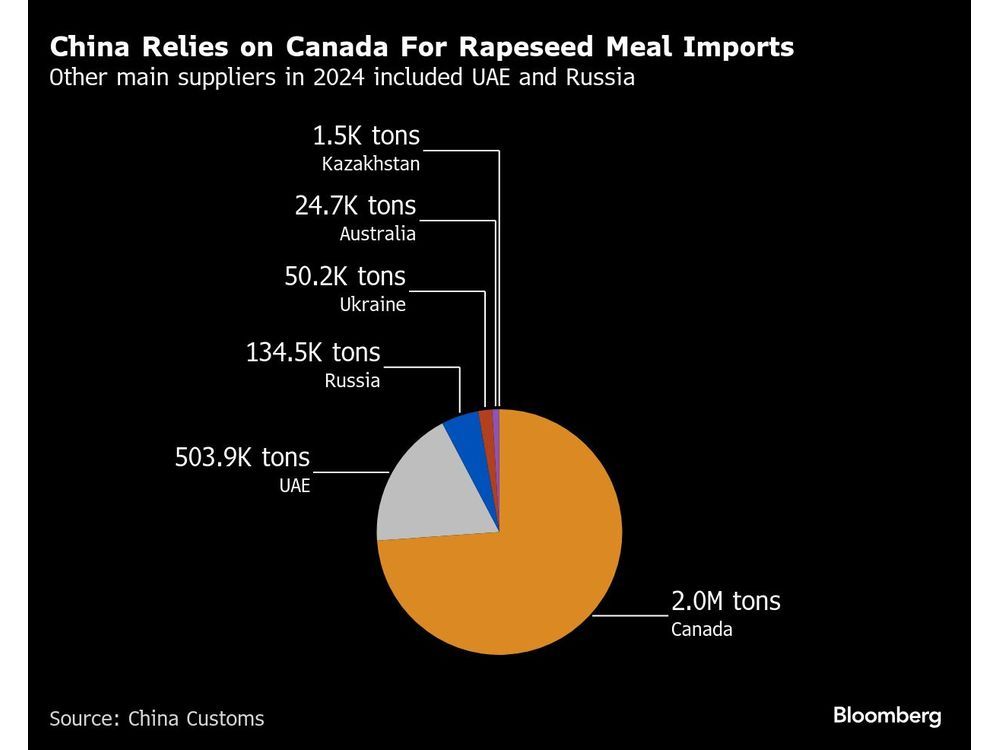A recession is a significant decline in economic activity spread across the economy, lasting more than a few months. It is visible in industrial production, employment, real income, and wholesale-retail trade. The technical indicator of a recession is two consecutive quarters of negative economic growth as measured by a country’s gross domestic product (GDP).
Recessions generally occur when there is a widespread drop in spending (an adverse demand shock). This may be triggered by various events, such as a financial crisis, an external trade shock, an adverse supply shock, or the bursting of an economic bubble. Governments usually respond to recessions by adopting expansionary macroeconomic policies, such as increasing government spending, lowering taxes, or increasing the money supply.
Reference [1] utilized the short-term slope of the yield curve to predict recessions. Specifically, it employed the nominal near-term forward spread (NTFS), which is the difference between the six-quarter-ahead forward Treasury yield and the current three-month Treasury bill rate, to determine recession probabilities.
The NTFS is an informative gauge of market-participants’ expectations about future near-term monetary policy actions, such as the raising and lowering of the federal funds rate by the Federal Reserve. Thus, it carries information about current and near-term real interest rates, future expected inflation, and the interest rate forward risk premium (or term premium), which in turn are linked to expectations of future business cycle outcomes.
The authors pointed out,
In our baseline case, we forecast increasing real rates, a narrowing policy gap, and a 35% recession probability by the end of 2023. Moreover, we illustrate a second, tighter-policy scenario in which policymakers tighten the stance of monetary policy more rapidly than expected by the model, pushing the real rate above neutral in the first quarter of 2023. In this alternative scenario, inflation declines more rapidly than in the baseline case, at the cost of a higher downside risk for economic activity, as the one-year ahead recession probability approaches 60% by the end of 2023.
In short, the recession probabilities for 2023 are in the range of 35%-60%, depending on the policy scenario.
References
[1] Ajello, Andrea and Benzoni, Luca and Schwinn, Makena and Timmer, Yannick and Vazquez-Grande, Francisco, Monetary Policy, Inflation Outlook, and Recession Probabilities (2022), https://ssrn.com/abstract=4158617
Further questions
What's your question? Ask it in the discussion forum
Have an answer to the questions below? Post it here or in the forum



